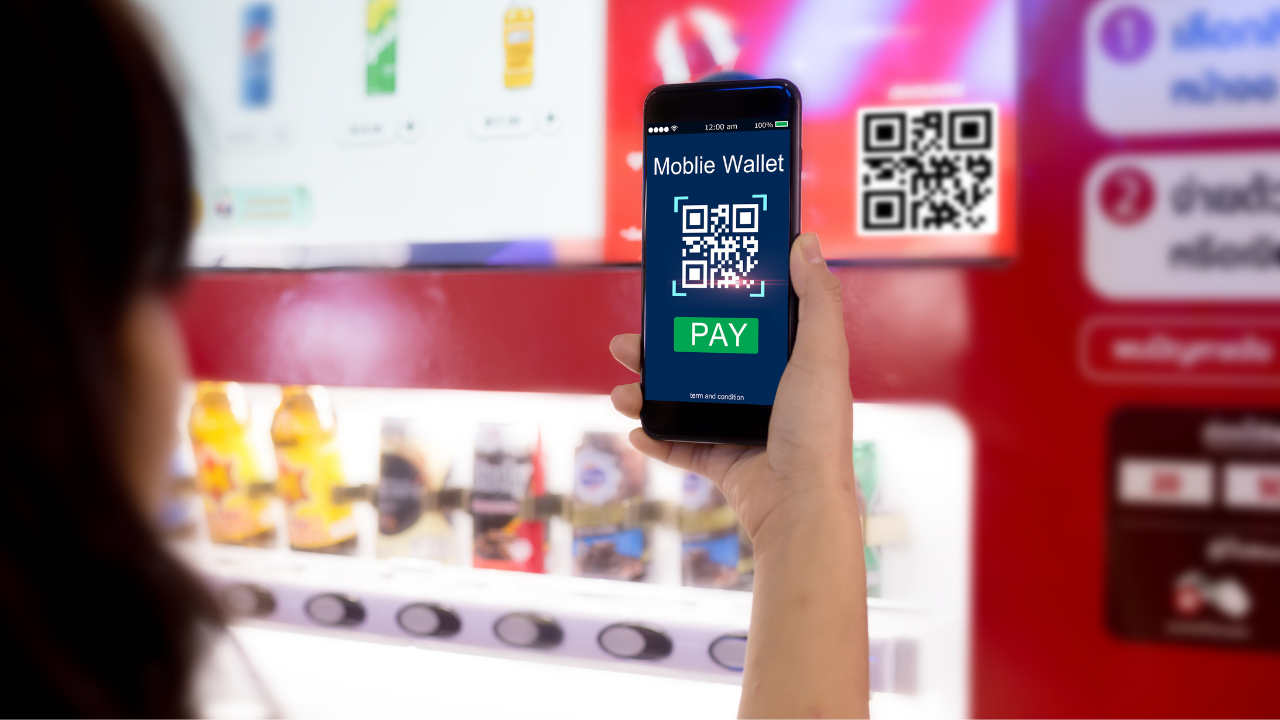Autonomous conveniences where we live, work, learn & play
E-commerce, the most convenient and autonomous form of shopping, has become the way of life and today’s consumers want that same type of autonomy and convenience when they shop in person. Autonomous retail tech has changed the way customers interact with their favorite brands and has become an integral part of the shopping experience rather than just an afterthought, which in turn has led to increased sales as well as customer satisfaction.
Autonomous retail is the ultimate convenience
Autonomous stores like grab-and-go mico markets can be found across the nation's airports, hospitals, college campuses, apartment complexes, hotel lobbies, office spaces, and just about anywhere people gather.
In this blog, we'll cover the changing consumer behaviors driving the industry to adopt integrated shopping experiences, the technology that’s enabling transformation, and the community working hard to make it a reality.
The Worldnet team attended the annual NAMA show (National Automatic Merchandising Association) which is a brilliant display of how integrated payments solutions have fueled the world of self-service and autonomous retail. We heard from the vending, micro-market, coffee, and pantry service leaders who have re-engineered what “convenience” looks like in the places where we spend the majority of our time.
Changing consumer behaviors
Consumer adoption of new technology is being put to the test with this season’s pent-up demand for travel and hospitality combined with the return to work and campuses. The industry is seeing more opportunities to integrate autonomous self-serve experiences as a way to not only improve the customer experience but as a way to increase productivity by reducing labor costs and time spent on tasks that can be automated. Let's get deeper with some key trends.
Travel is back, which has major implications for convenience services:
- Travel and tourism in the United States will reach pre-pandemic levels in 2022, contributing nearly $2 trillion to the U.S. economy, according to the World Travel & Tourism Council.
- Gen-Z leads the comeback of travel planning and spending in 2022, according to Avail’s “The State of Travel in 2022”.
- Atlanta is once again the busiest airport in the world with 75 million passengers in 2021, according to Airports Council International.
Travel destinations and hotel lobbies will be a major focus for micro markets and “smart stores,” which according to one NAMA panel represent the next evolution in convenience services. Here's a breakdown of the expectations and opportunities to “surprise & delight” customers with unattended digital experiences.
Vending and micro-markets represent an everywhere, every day, every hour opportunity for sales:
- The global vending market size is expected to reach USD 56.96 billion by 2025, according to Grand View Research
- 1,740,604 vending locations in the United States in 2020, according to Automatic Merchandisers 2021 Report
- From 2013 to 2020, active micro-markets increased from 5,000 to over 23,000, according to Automatic Merchandisers 2021 Report
How consumers buy and shop has changed
Adoption of contactless, mobile, in-app, walk-in-walk-out, buy-online-pick-up-in-store (BOPIS), QR codes, and self-checkout options have added even more convenience to the mix.
- 68.4% of consumers would purchase more if Unattended was offered in more channels, according to PepsiCo Inc. (see slide from the Session titled: Capitalizing on Consumer Trends in the Evolving Unattended Retailing Space)
- The contactless payment market is set to grow to over $100 billion by 2026
Snack attacks that changed the way we fuel our bodies
Michael Coffey, chief strategy and innovation officer, of Canteen Vending Services Inc., shared in one session that the pandemic has changed the way we snack. Consumers went from 2.5 snacks per day to six because people needed to reward themselves for surviving yet another zoom call.
To accommodate for this change in snacking behavior, companies like Canteen are diving deeper into the data to ensure they’re ready to accommodate how this new behavior will play out in a hybrid office environment when the masses return to their desks and break rooms.
The technology that’s enabling the change in consumer behavior
So, what are the solutions and technologies that are ready to help deliver autonomous shopper experiences designed for this new change in consumer behavior?
Micro-markets have been the fastest-growing self-service convenience because they’ve transformed the traditional office space with versatile high-end food and beverage options and a perfect blend of technology for ease and functionality.
Micro-markets are typically fully autonomous operations with a medium to large active customer base with a high-product diversity. But what’s next? Parlevel’s Alan Munson spoke to a standing-room-only session to discuss what comes after micro-markets, and pico-markets were high on his list for what's next for autonomous retail in even smaller spaces.
Pico-markets bring self-service innovation to smaller locations. Organizations like 365 Retail make micro-market technology available to organizations that don’t have sufficient people – or space – to warrant a fully-fledged micro-market. Their Pico Cooler is a perfect example of a modern convenience services experience that’s finding its niche.
Smart stores offer a combination of locked intelligent coolers like the Pico Cooler with pantries, shelves and IoT technology that only opens with payment. These work well with existing vending infrastructure and give folks the product diversity of a micro-market.
Advanced Vending Management Systems make these high-end autonomous experiences possible. Powerful VMS platforms like Parlevel are designed to help folks make precise and informed decisions about their operation to increase sales. For example, they make it easy to incorporate made-to-order meals and plan your product SKUs for scale.
They’re called Café stations, not coffee stations. The coffee service sector remains the slowest to recover from the pandemic, but recover it will, as America runs on coffee. The trade show demonstrated that technology continues to bring more convenient ways to serve and pay for the best possible quality coffee.
Case in point was KioSoft’s Robo Cafe Kiosk which makes your coffee with the utmost precision and speed. Customers can seamlessly order ahead via a mobile app or an easy-to-use touchscreen interface. The best part of the whole experience (besides the coffee) is that you get to witness the entire process in real-time which is a new type of "robotic" latte art.
The team even got to grab a coffee with Tony the Tiger.👇🏽
The community making it a reality
Of course, technology has elevated the industry but the people who make it a reality are part of the leapfrogging that’s transforming the customer experience. There were thousands of industry players walking the hall and enthusiastic about the products, solutions, and convenient autonomous experiences we’re playing an active role in building.
It's no surprise that the global vending market is expected to reach $56.96 billion by 2025 according to Grand View Research, nearly 20% higher than 2019 with pantry and micro-markets expected to lead the way. As the world continues to embrace autonomous retail, we'll carry on behind the scenes to bring the conveniences of e-Commerce to in-person shopping for a fully integrated commerce experience.


